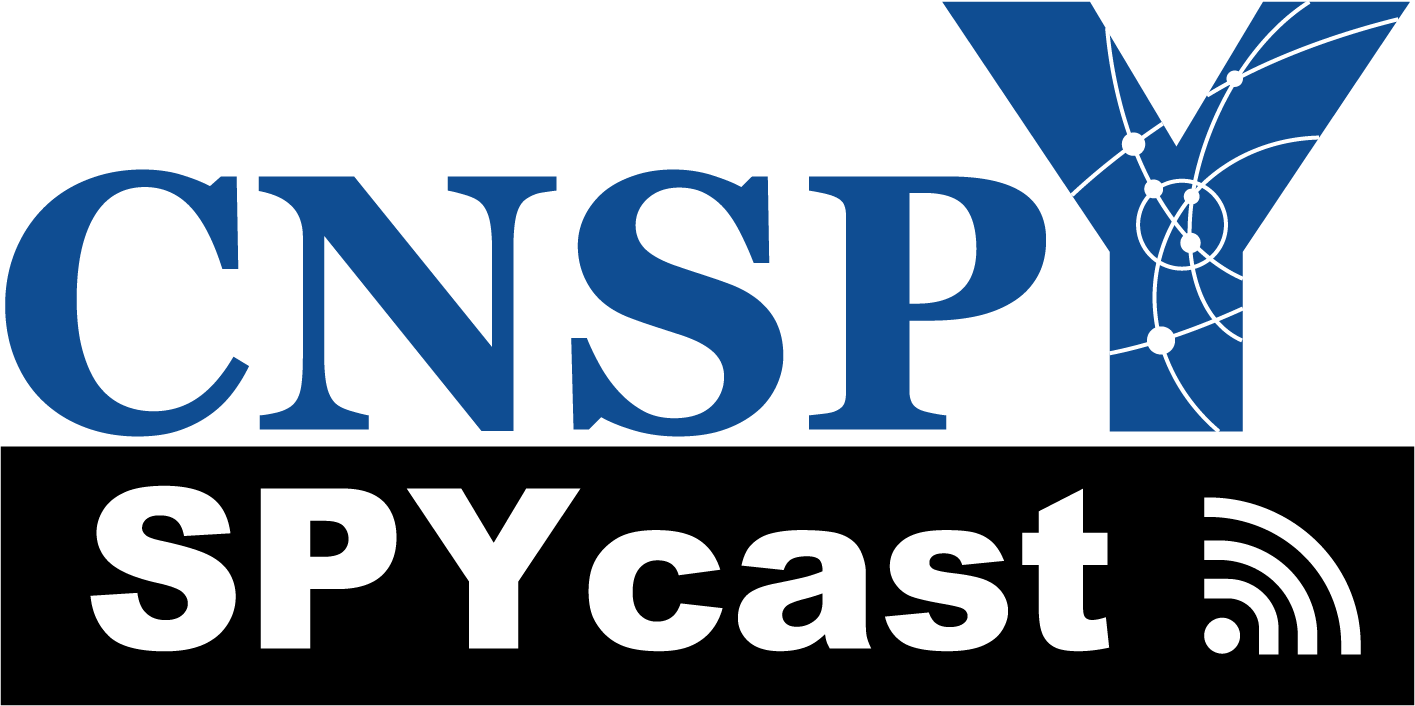Continuing with the theme of language, this week’s blog offers some more advice on how to speak during a job interview. I often hear about this topic in the context of industry jobs, but I suspect it will be just as useful in many other sectors, including in academia.
Interviews can be pretty stressful, and most people on the job hunt spend a lot of time preparing and practicing in mock interviews. This is for a good reason – the interview is usually the last and biggest hurdle to getting that job offer. Interviewers have to talk to scores of applicants and hear answers to the same questions many times over. Your interviewing technique should set you apart as much as your carefully crafted resume and cover letter.
One way to stand out and grab the interviewers’ attention, is to tell compelling stories.
Telling stories is not just a clever interviewing trick. Interviewers actually want you to do this. In many cases they are even explicitly looking for stories in your answers. Not made-up stories, obviously. Stories from your real life.
Behavioral Interviewing
Interviewers ask many different types of questions to probe your knowledge and skills. But your technical abilities aren’t the only thing they care about. Interviewers also ask competency questions that are meant to asses your soft skills and your personality. Competency questions come in 2 general flavors:
- Theoretical – answer hypothetically
Example Q: What would you do if you had to deal with a difficult team member?
- Behavioral – answer with an anecdote
Example Q: Tell me about a time when you had to confront a difficult team member and how you dealt with the situation?
Answering questions with real anecdotes has some major benefits. Firstly, telling a story that really happened makes it easy to add genuine details and feelings that will make the situation so much more compelling. Stories are automatically interesting and will keep your interviewer attentive and awake! Secondly, how you handled a situation in the past shows how you are likely to handle situations in the future. Demonstrating your soft skills can be difficult. But framing them in the context of a story easily highlights your successful personality traits.
Nowadays, interviewers usually prefer answers in the behavioral anecdote style, and will therefore frame their questions starting with “tell me about a time when…” That’s a clear signal for you to think of a specific time in your life when you encountered this type of situation. However, if an interviewer is a bit behind the times and frames their question as “what would you do if…,” you can still impress them by answering with a concrete anecdote.
Story structure
Any plot should have the following basic components:
- Protagonist: a person with relatable characteristics, such as yourself
- Conflict: a struggle, hurdle, or a problem to be overcome
- Action: a series of steps taken and decisions made by the antagonist
- Resolution: the final solution or outcome
Since most of us aren’t literature majors, there’s a handy acronym to help you structure stories for you interviews: STAR
Situation: set up the background information, place, and people involved
Task: describe the problem that needed to be solved
Action: what did you do and what decisions did you make to solve the task
Result: what positive outcome did your actions lead to
Notes on style
Focus on you. The point of these behavioral responses is to showcase your skills and personality. Highlight your role in the story. Use “I” instead of “we.” Focus on your contributions to the events, and how the results turned out for you.
Include details. This story happened in real life, so there should be plenty of details that you can use to make the story engaging and life-like. Include anything that is relevant to make the story easy to understand and interesting.
Keep it short. However, don’t include every detail. You’ll lose the interviewer’s interest if your story drones on for 15 minutes. An ideal story should be 2-3 minutes long, or 1-2 sentences per STAR item.
Expose and engage emotions. A truly compelling story requires more than just dry facts. Emotions draw listeners in and help them connect and engage with the story. Reveal some of the feelings you encountered during the conflict. Make your story human and relatable.
Use dialogue. This also humanizes your story and makes it more engaging. Hearing direct quotes instead of paraphrases will help the interviewer envisage the story and follow along as it was happening.
End on a positive. Again, these stories are supposed to showcase your successful soft skills and personality traits. Ideally, the outcome of the story would be a positive resolution of the problem or successful completion of the task. If your story does not end this way, put a positive spin on it. This could be something you learned, a skill you gained, an unintentional positive outcome, or knowing what you would do differently in the future.
How to prepare
Especially people from academic backgrounds often don’t know about behavioral interviewing and are caught off-guard by these types of questions. But now that you know about the STAR format, there are plenty of things you can do to prepare:
Find example questions online. A simple Google search for “STAR method” will provide tons of resources and sample questions.
Practice your answers. Pick a few sample questions and do a mock interview. Just like any other type of interview question, getting a good story to roll off your tongue takes some work. Write your answers down or practice out loud with a friend.
Collect anecdotes now, as they occur. Even if you are not preparing for interviews right now, you know that these questions lie somewhere in your future. It’s a good idea to keep track of anecdotes that happen to you now, instead of having to rack your brain later to remember a situation from 5 years ago.
** Tell your own stories and let us know how it goes! **
Resources
- Tell the story of your life
http://www.sciencemag.org/careers/2017/01/tell-story-your-life - First Encounters With Behavioral Interviewing
http://www.sciencemag.org/careers/1999/02/first-encounters-behavioral-interviewing - STAR Method
https://www.vawizard.org/wiz-pdf/STAR_Method_Interviews.pdf






February 17, 2023 at 12:49 am
Your interviewee may not respond to your request, especially if you only very briefly met them. But at least you tried!
https://www.mywatchesuk.com/
October 6, 2023 at 6:00 am
https://www.jacklistens.page/ is a survey platform designed by Jack in the Box, a fast-food restaurant chain. It aims to gather feedback from customers about their dining experience. The survey typically takes 5-10 minutes, allowing customers to voice their opinions.
November 9, 2023 at 10:14 am
Best regards. http://www.fooddoz.com/
November 10, 2023 at 1:40 am
orologi replicheRolex, uno status symbol di intere generazioni, un classico, una storia che ha reso celebre la Maison ginevrina, fondamentalmente basata su due parole magiche, Oyster e Perpetual.
November 10, 2023 at 3:12 am
The steel bracelet is part of an Replica Watch E.C.Andersson in-house venture that has been in development over the past year and are made largely by hand.
January 9, 2024 at 7:54 am
This obligation to convenient reaction exhibits the organization’s commitment to consumer loyalty and shows clients that their viewpoints are esteemed. https://ijacklistens.com/
January 16, 2024 at 4:45 am
You can visit https://gtfredomunlimiteds.one/ and enter the 12-digit invitation number they sent you, together with your 5-digit zipper code and previous name, if you received an invitation to use the Chase Freedom unlimited credit card in the mail.
April 19, 2024 at 5:44 am
The website https://mylongjohnsilversexperience.wiki/ The well-known American private limited company My Long John Silver is a chain of fast-food restaurants founded by renowned restaurateur Harmon Gibson.
May 2, 2024 at 5:35 am
The most popular approach is to offer an online portal where clients can register and leave reviews about the business or a specific store they visited. With the help of the user-friendly web portal, the business may measure customer satisfaction and make necessary improvements to their services by providing answers to a variety of questions. In addition to this, they also go above and beyond by rewarding clients for offering frank feedback. One such survey is offered by Krogers at https://krgerfeedback.store/